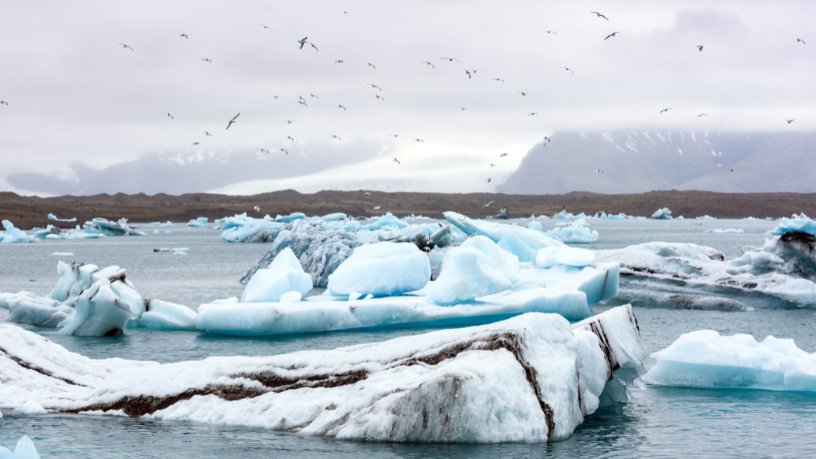Global warming is one of the greatest environmental challenges of our time. As expert Pablo Said highlights, climate change directly affects life on Earth, putting animal and plant species at risk and causing imbalances in ecosystems. With that in mind, throughout this article, we will explore how this phenomenon impacts biodiversity and what’s at stake if nothing is done to stop the problem from escalating.
How is unstable climate pushing species toward extinction?
According to expert Pablo Said, climate change is altering vital patterns for the survival of many species. Changes in temperature, irregular rainfall cycles, and extreme weather events such as droughts and floods are making the environment inhospitable for various animals and plants. When these living beings cannot adapt quickly, they become endangered—a reality already occurring in many parts of the world.
Moreover, there’s an alarming indirect impact: habitat loss. Due to melting glaciers, rising sea levels, and changes in forests and wetlands, many animals are losing their shelter and breeding grounds. Species like polar bears and tropical amphibians are prime examples of animals struggling to survive amid these climate changes.
How are ecosystems being affected?
As Pablo Said explains, when a species disappears, the entire ecosystem feels the consequences. Animals that relied on that species for food must find new sources, which can cause conflict and reduce populations. Plants that depended on certain species for pollination, for instance, face difficulties reproducing. This domino effect triggers a chain imbalance, affecting the natural functioning of forests, rivers, oceans, and even the soil.

In addition, entire ecosystems are becoming more fragile in the face of extreme weather events. Forest fires, floods, and severe droughts are altering the structure of these environments, reducing their ability to regenerate. As a result, we lose valuable ecosystem services such as water purification, natural pest control, and carbon absorption—essential for maintaining climate stability and healthy life.
Which species are currently most threatened?
Finally, some species are in particularly critical condition due to global warming. Below are a few examples that clearly illustrate how this problem is already unfolding:
-
Polar bears: with Arctic ice melting, they are losing space to hunt and reproduce.
-
Corals: rising ocean temperatures cause reef bleaching, leading to the death of marine organisms.
-
Amphibians: sensitive to humidity and temperature, many are vanishing from their natural habitats.
-
Penguins: struggling due to food shortages caused by changes in ocean currents.
-
Butterflies: reliant on specific temperatures, some species are migrating or disappearing altogether.
These are just a few examples that show how the climate crisis is already impacting global fauna. Every year, new species are added to the endangered list, highlighting the urgent need for action to slow global warming and protect biodiversity.
We must act now to preserve life on Earth
Ultimately, it is clear that global warming is not a distant problem—its impacts on biodiversity are already evident. With this in mind, reducing carbon emissions, conserving natural areas, and supporting environmental policies are essential actions to slow this crisis and ensure a more balanced future for all.
Author: Bergezin Vuc







